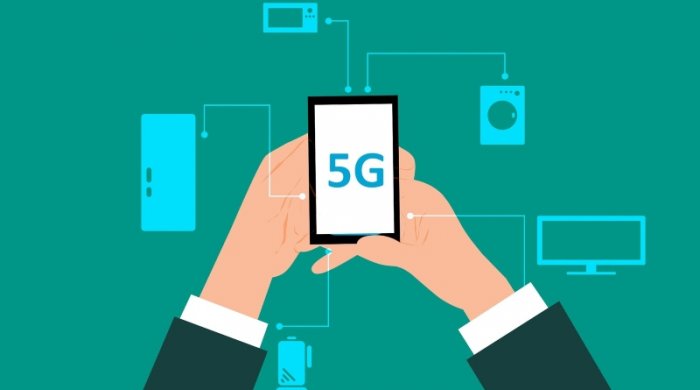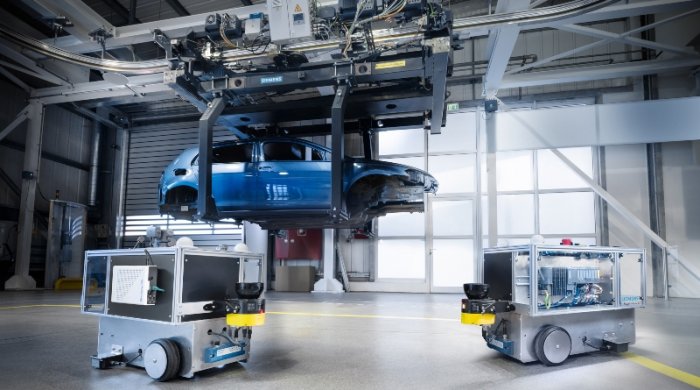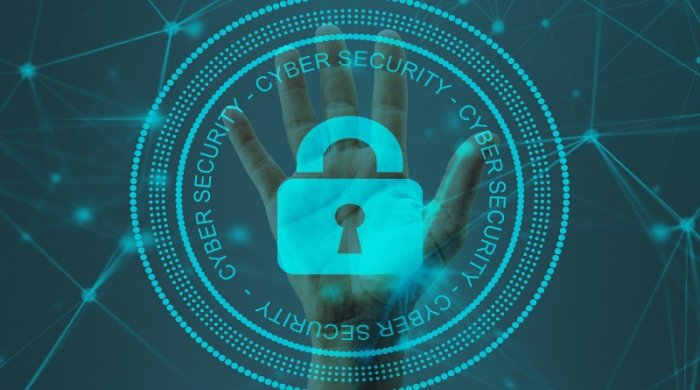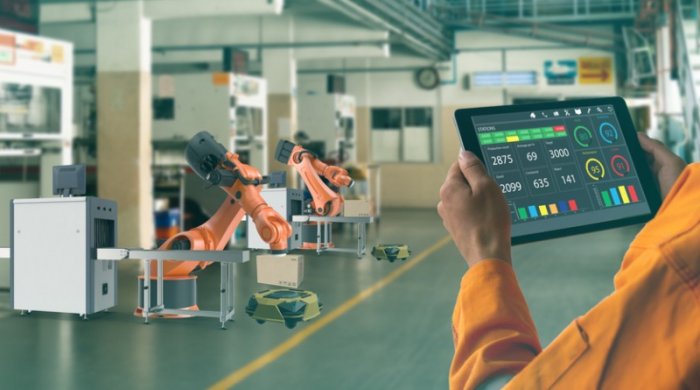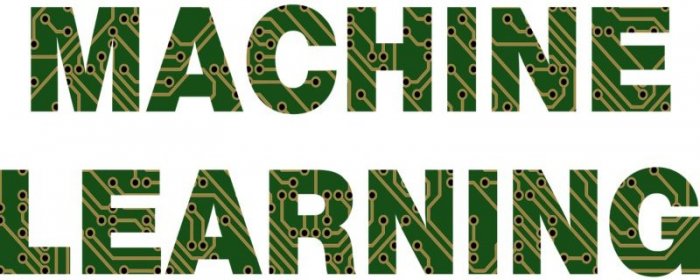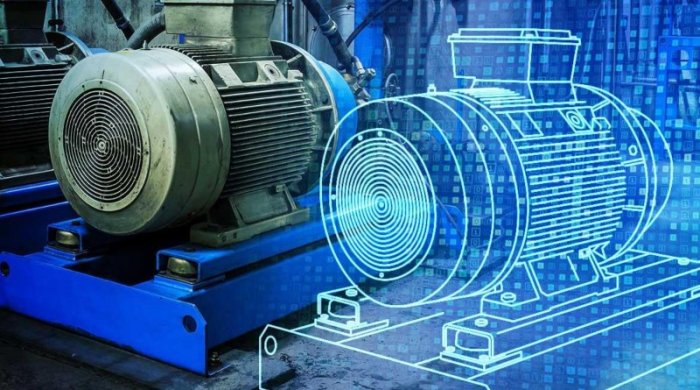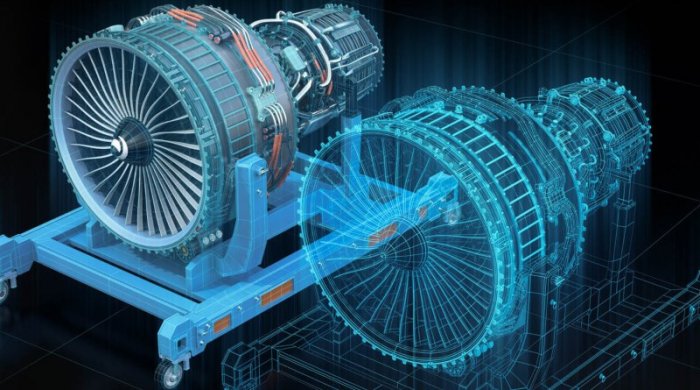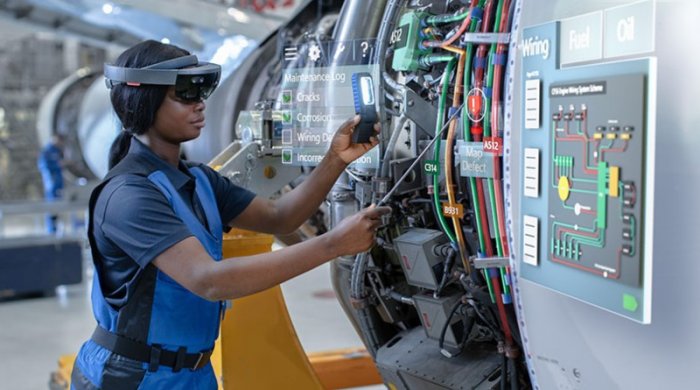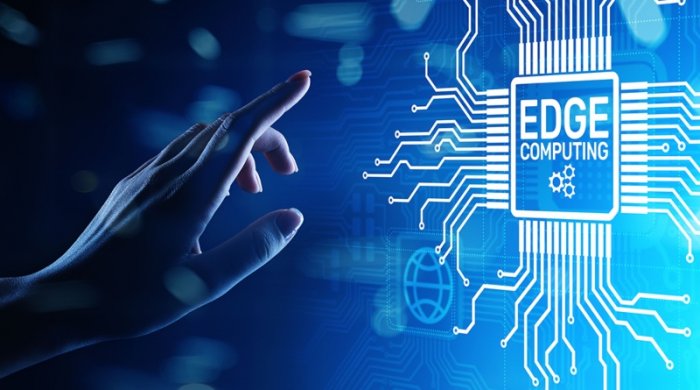Internet of Things (IoT) Trends for 2021
In recent years, the Internet of Things (IoT) has gained more and more popularity, mainly due to its enormous potential. In addition, 2020 saw the start of a wave of digital transformation of companies, in which the Internet of Things plays an important role. Let's take a look at who is the fastest growing IoT in 2021.
1. Expansion of 5G networks
The rollout of 5G networks continues to be a top priority. The Internet of Things only really exists because of the wireless connectivity that is an integral part of it. The more reliable the connection, the higher the performance and reliability.
Powerful 5G technology — the road to Industry 4.0
5G networks will bring:
-
Larger channels (to speed up data transfer);
-
Less lag (faster response);
-
Ability to connect several devices at the same time (for sensors and smart devices). It gives IoT applications a new dimension of usability.;
-
Many other devices and sensors can communicate with each other without overloading the network;
-
In addition, low latency allows better use of autopilots, such as surgical robots, and smart cities can really take off.
The real potential of the Internet of Things will only be unleashed with the advent of 5G networks.
IoT and 5G networks will find application mainly in such areas as:
-
Automotive industry and distribution;
-
Smart cities;
-
Healthcare;
-
Industry;
-
Electricity.
IoT and 5G networks are widely used in industrial environments
2. Blockchain and Cybersecurity
IoT will have to deal with complex security issues. These complexities arise from the diverse and distributed nature of technologies. The network of connected devices remains vulnerable to attacks.
How many devices were connected to the internet in 2020? 26 billion potential devices through which you can access the corporate network. At the network level, protection will be most effective.
The most common types of attacks are:
-
Phishing 37%;
-
Network penetration 30%;
-
Inadvertent Disclosure 12%;
-
Stolen or lost device or records 10%;
-
Bad system configuration 4%.
Data protection in IoT systems is a major issue that requires a robust solution. At the moment, blockchain technology seems to be the most appropriate tool to ensure adequate data protection.
IoT faces security challenges
IoT applications are essentially distributed systems, so blockchain technology is well suited for them. It is designed for solutions that involve interaction between many components, and the blockchain ensures that transactions are recorded securely in fixed strings and can be used in the system without being able to change.
There has never been such technology in IT. There was always an opportunity to correct the "result". In addition, the general public understands the potential of this technology and, for example, Switzerland is testing online elections based on blockchain.
It has become the norm for financial institutions to secure their transactions with blockchain. At first they tried to discredit it, but they realized that anyone can make money from such technology. At the same time, blockchain is currently popular in IoT due to its ability to provide data protection using encryption methods and peer-to-peer communication without intermediaries.
Thus, forecasts agree that in the coming periods, the IoT market will pay more attention to security improvement.
Data shows that the diverse and pervasive nature of the Internet of Things raises security concerns. Providers of end-to-end IoT solutions will benefit financially from addressing IoT security challenges. Blockchain is popular in IoT for providing data protection using encryption and peer-to-peer methods.
3. AI (artificial intelligence), big data and advanced analytics
Gathering information is not enough for effective business management. It is very important to analyze the collected data and make the right decisions based on this data.
The growing number of devices connected to the Internet generates very complex raw information, and its analysis has become a real challenge for data analysts.
For example connected vehicles or industrial robots produce «terabytes» of statistical data that require further processing, without which the information is effectively useless.
Only analytical solutions based on artificial intelligence (AI) are able to summarize this huge amount of information, improve it in real time and provide new insights. Today's Internet of Things cannot be imagined without these alliances.
Industrial robots produce «terabytes» of information for further processing
The fusion of artificial intelligence and big data is one of the most significant trends in the Internet of Things that could deliver better results for industry and change the way people work.
In addition, the tight integration of artificial intelligence, big data and smart devices will greatly contribute to the defense against security threats. There are now models that can predict where the next crime will happen. All this thanks to mathematics and artificial intelligence.
In addition, this method allows systems to trigger signals or actions without transmitting data. The result is improved performance as networks operate at low latency.
Another trend is integrating data streams directly into machine learning. Potential applications include smart homes, elevator maintenance, healthcare diagnostics, corporate network security breach monitoring, and more.
Additionally, the collected data will be sold as a separate item. The latest machine learning statistics reflect this development.
An important trend is the direct integration of data streams into machine learning
4. Digital twins
With the increasing adoption of blockchain in IoT, the popularity of digital twin technology is growing and it is becoming one of the main trends in the IoT market.
Digital twins are a mirror of one of the objects or processes that have the same properties and work exactly like their real versions. You can think of it as a real-world object or process that has its virtual counterpart.
Then, in the virtual world, we can check what happens if we add two more robots to production. The virtual twin takes data from the real world and shows us what the end result is.
For example, this may mean that we will not be able to deliver products or that the production line will be overloaded. So, we try everything virtually but with real data.
Digital twins are a mirror of one of the objects or processes
The reason why blockchain provides a sufficient basis for digital twins to work is due to the main attributes of this technology:
-
Manageability;
-
Immutability;
-
No intermediaries.
These features are very useful for digital twins as they enable the secure transfer of valuable data between the virtual and real worlds.
Experiments like these are extremely useful for the industrial Internet of Things. For example, using virtual copies of connected equipment in manufacturing plants, we can simulate different situations and predict positive and negative outcomes. In this way, we can prevent accidents and improve the efficiency of physical equipment.
Industrial systems can get the most out of digital twins. In the future, there is no smart manufacturing without digital twins.
Industrial systems can get the most out of digital twins
5. Preventive maintenance
The concept of preventive maintenance is a really convenient IoT solution both in industrial companies and in people's personal lives. It is likely that more and more investments will be made in this technology in the coming years.
After all, let's face it, who wouldn't want to know when a production machine, robot, motor or boiler might break down?
In industrial plants, a number of sensors monitor the health of components and feed the data to AI-controlled software that analyzes the data and can predict when a failure or even a complete shutdown might occur. Technicians are informed in a timely manner and can replace parts before they fail.
Preventive maintenance is a way to determine the likelihood of failure
In smart homes, sensors control all devices, including electricity, water and heating. When problems such as water leaks or short circuits are detected, homeowners are notified via the app so they can quickly take precautions.
The main advantages include:
-
Cost reduction;
-
Safer working conditions;
-
Ability to prevent serious events and damage.
And this service is really necessary for most industries: manufacturing, logistics, warehouses, healthcare, smart cities, etc.
6. Peripheral computing (faster cloud alternative)
Another pillar of the Internet of Things is cloud computing.However, cloud computing has significant drawbacks, such as low bandwidth and high latency, which can cause problems, especially when real-time processing is critical. Therefore, many companies are now investing in the latest technologies.
For cloud computing, data collected from sensors and devices must go to a central cloud server so that it can be processed and then sent back. These are usually long distances and cause a lot of latency.
In edge computing, information collected from a device is processed directly on that device without being sent elsewhere. This is possible due to the increased computing power of modern devices.
The evolving concept of Industry 4.0 inherently involves edge computing
Peripheral computing is decentralized, and data collected on devices (at the edge) is not sent to a central server, but processed on those devices. This approach provides significant bandwidth savings and can provide better privacy.

